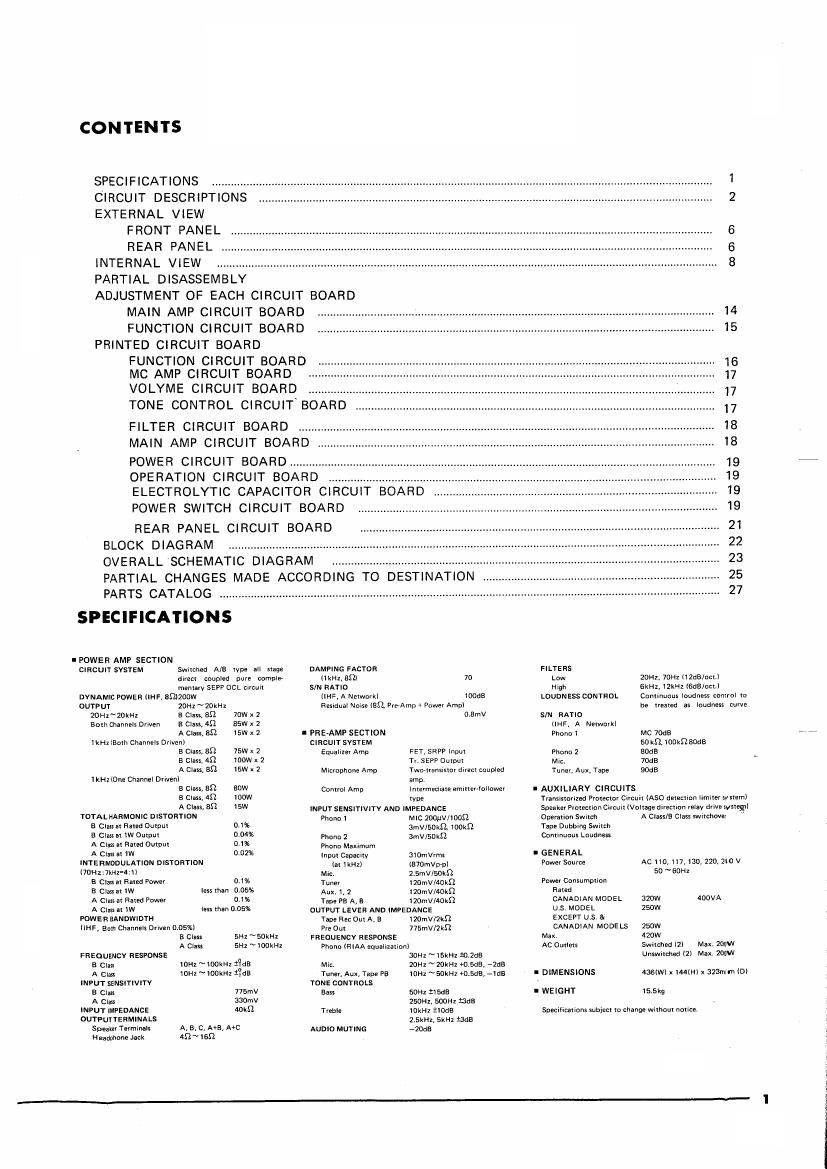Yamaha ca 1000
This is the 34 pages manual for yamaha ca 1000.
Read or download the pdf for free. If you want to contribute, please upload pdfs to audioservicemanuals.wetransfer.com.
Page: 1 / 34

This is the 34 pages manual for yamaha ca 1000.
Read or download the pdf for free. If you want to contribute, please upload pdfs to audioservicemanuals.wetransfer.com.
